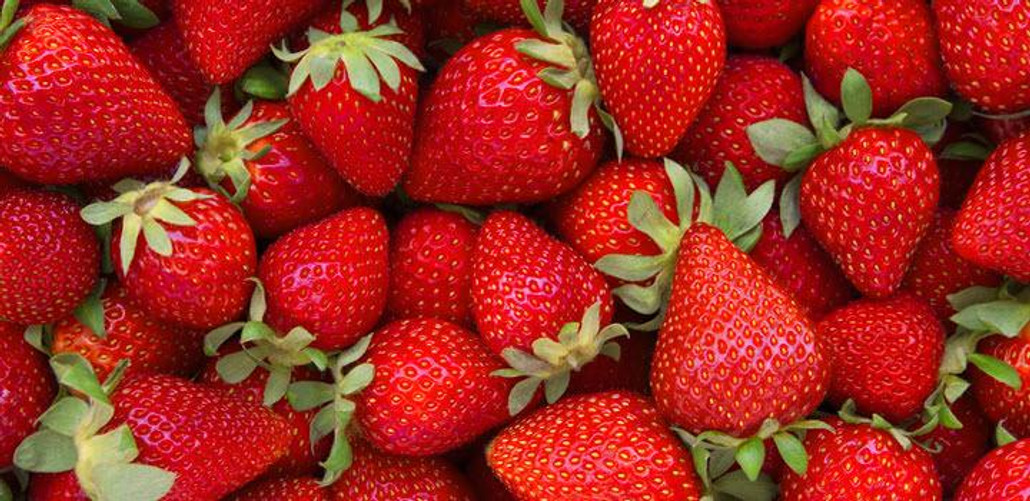
Growing Strawberries
Posted by Grange Co-op on 25th Jan 2017

Growing strawberries can be a very rewarding garden experience or a profitable farming venture. However, it is important to know the proper growing procedure before you can start thinking about making strawberry preserves from your homegrown strawberries.
Spacing - High density planting is typically in an array of 18" x 4 ft. with 7,260 plants per acre. About 1 pound of strawberries per plant. Normal density arrays are 2 ft. x 4 ft. with 5,445 plants per acre. In some forms of bed culture 10,000 to 12,000 are often planted. This is not recommended for the amateur and requires instructions beyond the scope of these notes.
Planting Instructions - In the home garden, strawberries make an excellent ground cover. No soil preparation is necessary if the flower bed is mulched with bark dust, soil conditioner, etc. Simply dig the plant in leaving the crown exposed at ground level. Never plant strawberries to a depth where the crown is buried. Avoid wadding the roots in the planting hole.
Fertilizing - Wait for growth to start to avoid burning the roots. Without a soil test we recommend a fertilizer with a good balanced blend of nitrogen, phosphorus, potassium and sulfur. The same fertilizer that works in your vegetable garden will give excellent results on strawberries. If plants don't appear to be growing well the best reference is "Hunger in Strawberries", by Frank Johanson.
CARE OF STRAWBERRY PLANTS
Everbearing Varieties - After planting, keep all flowers picked off until June 1 - 15th. This establishes a strong plant. Plants will flower and fruit the rest of the summer and fall until a frost occurs. The original mother plant should be rogued out after the 1st or 2nd year. Treat them like an annual.
Spring Crop Varieties - Fertilize and water well the first year to promote good flower bud formation that fall. The first crop is picked the following spring.
After harvest the plants go dormant prior to summer & fall growth and fruit set. After the last berry is picked, mow the plants off with a lawn mower set just above the crowns at the soil surface. The old leaves left after harvest are going to die anyway and mowing is good sanitation and helps keep fruit rot at a minimum as the planting ages.
In the fall, thin runners so they are 3" - 5" apart. If possible, mow tops off in January or February prior to the spring flush of growth. This helps prevent fruit rot. In our area, winter rains often make mowing difficult. We do it when the ground is frozen.
Disease Control - When you receive plants from us they are virus free. Aphids will spread virus. Rigid insect control avoids this problem. Control aphids with Diazinon. To avoid root rot problems, plant strawberries in a well-drained area of the garden.
Information provided by Weeks Berry Nursery, Salem OR.
